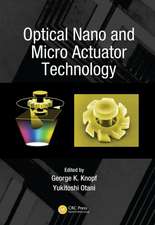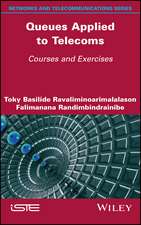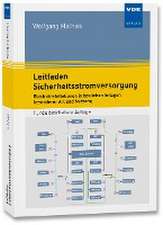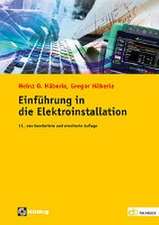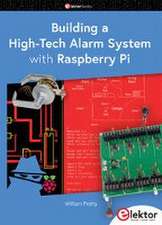Nonvolatile Memory Design: Magnetic, Resistive, and Phase Change
Autor Hai Li, Yiran Chenen Limba Engleză Hardback – 19 dec 2011
| Toate formatele și edițiile | Preț | Express |
|---|---|---|
| Paperback (1) | 732.20 lei 6-8 săpt. | |
| CRC Press – 29 mar 2017 | 732.20 lei 6-8 săpt. | |
| Hardback (1) | 2014.62 lei 6-8 săpt. | |
| CRC Press – 19 dec 2011 | 2014.62 lei 6-8 săpt. |
Preț: 2014.62 lei
Preț vechi: 2518.28 lei
-20% Nou
Puncte Express: 3022
Preț estimativ în valută:
385.49€ • 403.57$ • 318.97£
385.49€ • 403.57$ • 318.97£
Carte tipărită la comandă
Livrare economică 05-19 aprilie
Preluare comenzi: 021 569.72.76
Specificații
ISBN-13: 9781439807453
ISBN-10: 1439807450
Pagini: 208
Ilustrații: 175 b/w images, 10 tables and 39
Dimensiuni: 156 x 234 x 18 mm
Greutate: 0.5 kg
Ediția:New.
Editura: CRC Press
Colecția CRC Press
ISBN-10: 1439807450
Pagini: 208
Ilustrații: 175 b/w images, 10 tables and 39
Dimensiuni: 156 x 234 x 18 mm
Greutate: 0.5 kg
Ediția:New.
Editura: CRC Press
Colecția CRC Press
Public țintă
Senior undergraduate students/graduate students in electrical engineering, VLSI, microelectronic, semiconductor and materials; engineers working with nonvolatile memory products, design house/foundry that supplies nonvolatile memory IP, or working at a microprocessor/microcontroller that has on-chip embedded (nonvolatile) memory; researchers working on nonvolatile storage devices.Cuprins
Introduction to Semiconductor Memories. Phase Change Memory (PCM). Toggle-Mode MRAM (TM-MRAM). Spin-Torque Transfer RAM (STT -RAM). Resistive RAM (R-RAM). Memresistor. The Future of Nonvolatile Memory.
Descriere
The manufacture of flash memory, which is the dominant nonvolatile memory technology, is facing severe technical barriers. So much so, that some emerging technologies have been proposed as alternatives to flash memory in the nano-regime. Nonvolatile Memory Design: Magnetic, Resistive, and Phase Changing introduces three promising candidates: phase-change memory, magnetic random access memory, and resistive random access memory. The text illustrates the fundamental storage mechanism of these technologies and examines their differences from flash memory techniques. Based on the latest advances, the authors discuss key design methodologies as well as the various functions and capabilities of the three nonvolatile memory technologies.








